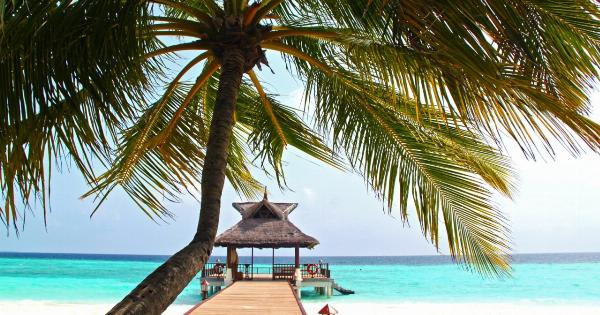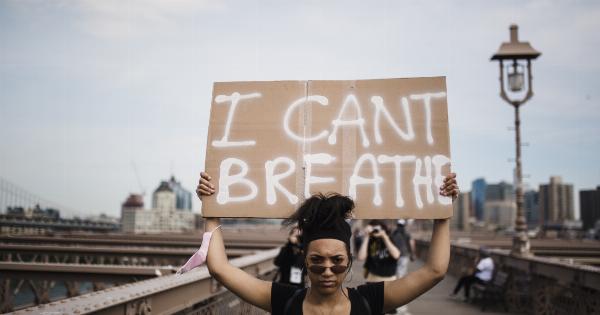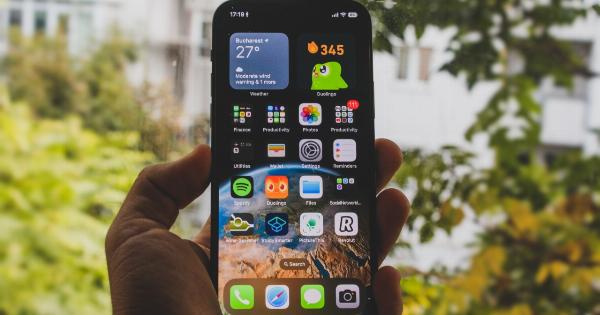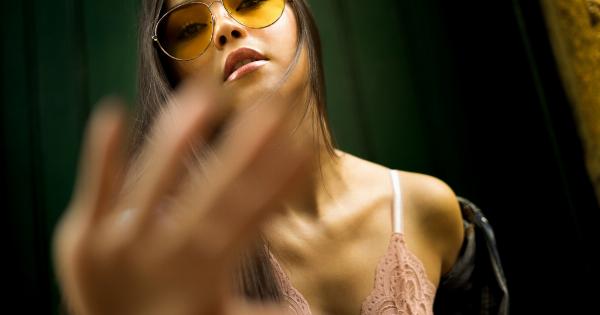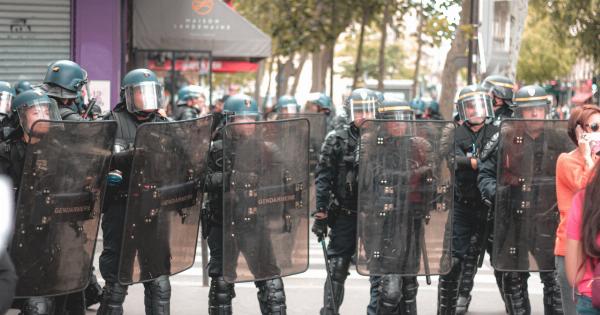Beauty has been a subject of cultural discussion since time immemorial. Every culture has its own standard of beauty which is influenced by their traditions and values.
However, with the rise of the fashion and beauty industry, globalization and social media, the world is witnessing a gradual shift towards a global standard of beauty.
This article attempts to explore the various factors that have contributed to the rise of a global standard of beauty, which countries are leading the movement, and how people can appreciate and celebrate beauty in its diversity.
What is a Global Standard of Beauty?
A global standard of beauty is an idealized concept of physical attractiveness that transcends culture, ethnicity, and geography.
The concept presupposes that there are certain features and characteristics that are universally considered to be beautiful.
The emergence of a global standard of beauty is the result of many factors that have brought people from diverse cultures and backgrounds closer together.
This includes globalization, migration, social media, fashion and beauty industry, and advancements in technology.
Factors Driving the Rise of a Global Standard of Beauty
Globalization and Migration.
Globalization has made the world smaller by bringing people from different corners of the globe together.
This has resulted in the exchange of cultural ideas and practices that have helped break down barriers between different cultures and promote diversity.
Migration is another factor that has intensified cultural exchange and contributed to the rise of a global standard of beauty.
People who migrate to other countries bring with them their cultural values, norms, and practices, including their concept of beauty. This has created a multicultural society in which people are exposed to different beauty ideals, thereby forging a global standard of beauty.
The Fashion and Beauty Industry.
The fashion and beauty industry has played a significant role in shaping people’s perception of beauty. It has created a platform where designers, models, and makeup artists can display their talent and showcase their work to a global audience.
The industry has also set a benchmark for beauty standards with models who are tall, slim, and fair-skinned, becoming the epitome of beauty.
The use of makeup, cosmetic surgery and other beauty products has also become a norm, contributing to the continuous development of the beauty industry and a global standard of beauty.
Social Media.
With over 2.8 billion users globally, social media has become a powerful force in shaping people’s perception of beauty.
Platforms such as Instagram, YouTube, and Facebook have created a community where people can share their beauty ideologies and connect with like-minded individuals across the globe.
Social media has also been a boon to the beauty industry, with makeup tutorials, product reviews, and beauty influencer collaborations, gaining huge followings.
This has led to the rise of a universal beauty standard, with people around the world embracing similar beauty trends.
Advancements in Technology.
One of the most significant developments that have contributed to the rise of a global standard of beauty is technology.
Technology has revolutionized the beauty industry, making cosmetic procedures and beauty products more accessible to people globally.
With the rise of virtual reality and augmented reality technologies, people can now experience different beauty styles before trying them on.
This has made it easier for people globally to access beauty trends and be part of the ever-growing beauty industry.
Countries Leading the Movement
The rise of a global standard of beauty has not been uniform across the world. Certain countries have had a more significant impact in setting the beauty standard globally. Some of these countries include:.
South Korea
In recent years, South Korea has become a global beauty hub, leading the way in skincare and makeup trends.
With one of the most advanced beauty industries globally, Korea has created a framework where traditional Korean beauty values such as skin care and hydration have been integrated into mainstream global beauty trends.
Japan
Well-known for its minimalistic and natural beauty trends, Japan has been a global leader in the beauty industry for decades. Japanese beauty products, such as collagen supplements, have gained huge popularity globally.
USA
The United States is home to some of the world’s most significant beauty brands, including Estée Lauder, L’Oreal, and Maybelline. The country’s fashion and beauty industry has set a benchmark for beauty standards globally.
Europe
As a continent, Europe has been influential in shaping beauty standards worldwide. France, Italy, and the UK have been key players in the fashion and beauty industry, with Paris being the global hub for the fashion industry.
Celebrating Beauty in its Diversity
As the world converges towards a global standard of beauty, it is essential to appreciate and celebrate beauty in its diversity. Every culture has its own standard of beauty, which should be appreciated and respected.
People should aim to be inclusive and respect different beauty ideals, learning from each other, and enjoying the diverse beauty expressions in the world.
Conclusion
Beauty is no longer confined to geographical and cultural boundaries. A global standard of beauty has emerged, and people worldwide are embracing similar beauty ideals.
The rise of this concept is due to factors such as globalization, migration, social media, fashion and beauty industry, and advancements in technology.
However, it is essential to celebrate beauty in its diversity and appreciate different cultural values and practices. This will enable people worldwide to break down the barriers of cultural differences and embrace the beauty of diversity.



















